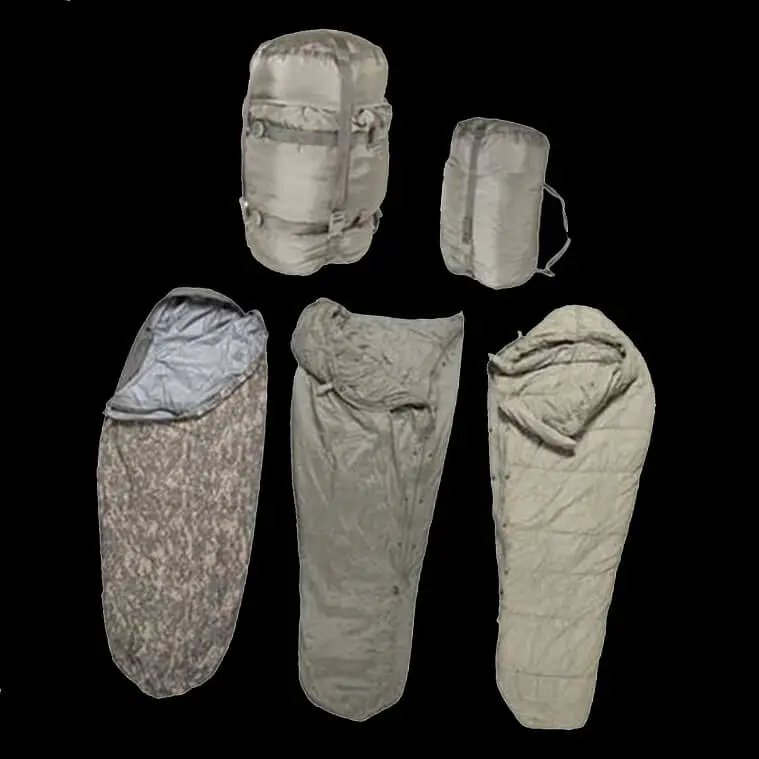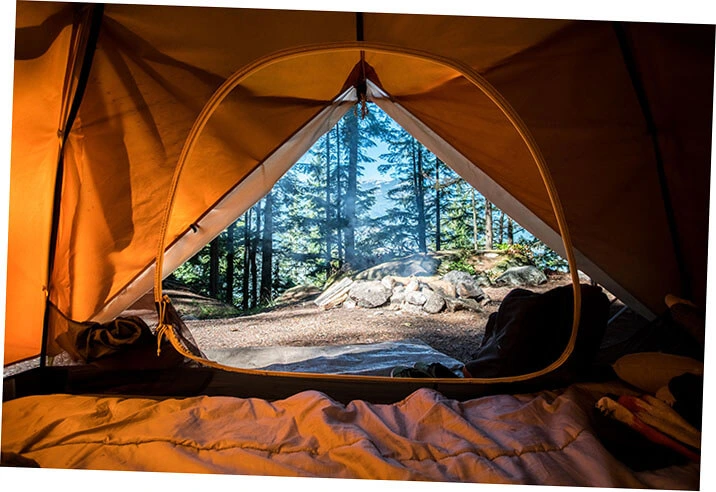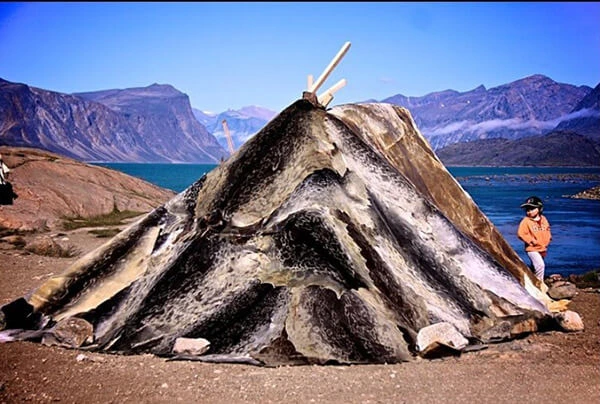Improved modular Army sleeping bag 2694 intermediate cold
The United States Army is always looking for ways to improve the gear that its soldiers use in the field. One area that has seen significant improvement in recent years is the sleeping bag. The Army’s new modular sleeping bag, the 2694 intermediate cold, is a big step forward in terms of both comfort and functionality.
The 2694 is a three-season bag that can be used in temperatures as low as -10 degrees Fahrenheit. It is made from a water-resistant and breathable fabric, and is filled with a synthetic insulation that is both lightweight and warm. The bag can be zipped up to create a cocoon-like space that is perfect for sleeping in.
The 2694 also features a number of other improvements over previous sleeping bags. The hood has been redesigned to provide better coverage and warmth, and the bag can be cinched down at the waist to prevent heat from escaping. The bag also has a built-in pillow, which is a nice touch.
Overall, the 2694 is a big improvement over the previous generation of sleeping bags. It is more comfortable, more functional, and better suited for use in a variety of different environments. The Army has definitely made a good decision in upgrading its camping sleeping bedroll.
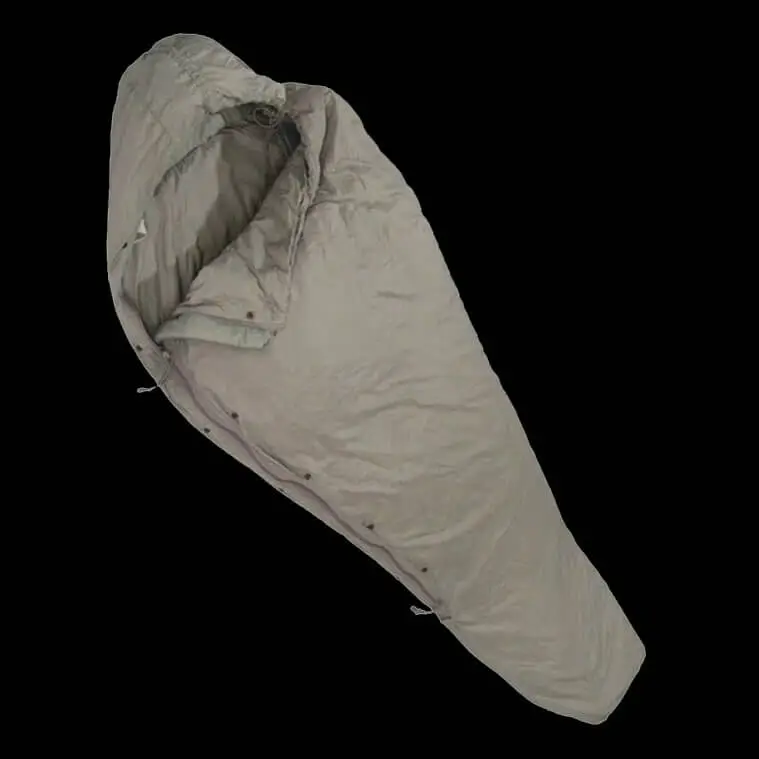
What is the best way to store a sleeping bag?
When it comes to storing a sleeping bag, there are a few things to keep in mind. First, you want to make sure that the sleeping bag is clean and dry before storing it. This will help to prevent any mold or mildew from growing on the sleeping bag. Second, you want to store the sleeping bag in a cool, dry place. A closet or storage chest is a great option. Finally, you want to make sure that the sleeping bag is stored in a breathable bag. This will help to keep the sleeping bag fresh and dry.
What is the history of sleeping bags?
Sleeping bags have been around for centuries, with the first recorded use dating back to the early 1800s. The early bags were made of wool or down and were used by explorers and mountaineers in the most extreme conditions. In the early 1900s, synthetic materials began to be used in sleeping bags, which revolutionized the design and function of the bags. Today, sleeping bags come in a wide variety of materials and designs, and are used by everyone from campers to soldiers.
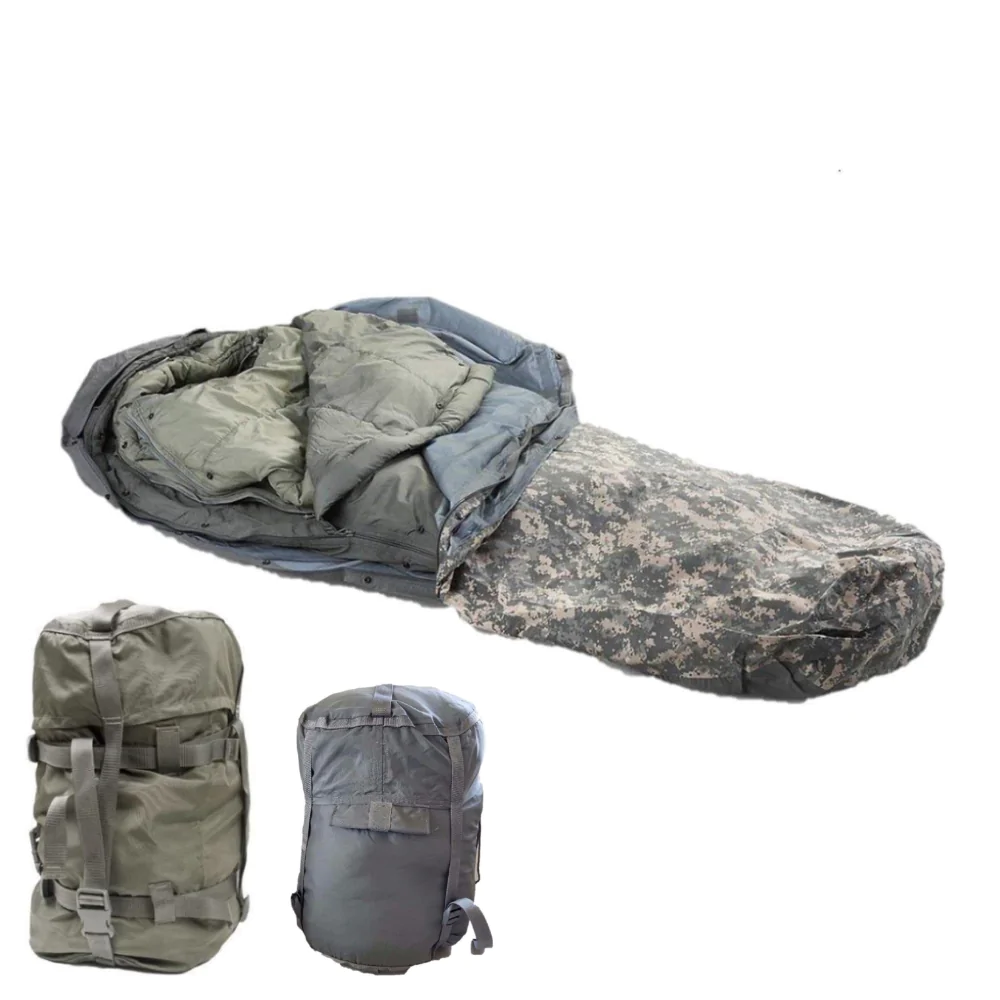
The first recorded use of a sleeping bag dates back to 1833, when Sir John Franklin used one on an expedition to the Arctic. The early bags were made of wool or down, and were often bulky and heavy. In the early 1900s, synthetic materials such as nylon and polyester began to be used in sleeping bags. This made the bags lighter and more compact, and allowed for the development of new designs such as the mummy bag.
Today, sleeping bags come in a wide variety of materials and designs. They are used by everyone from campers and hikers to soldiers and astronauts. Sleeping bags are an essential piece of gear for anyone spending a night outdoors, and have come a long way since their early days.
What is the limit temperature for sleeping bags?
There is no definitive answer to this question as it can vary depending on the location and climate. However, typically, the limit temperature for sleeping bags is around minus 40 degrees Celsius. This is in order to ensure that people are able to sleep comfortably with the correct temperature.
Best way to store sleeping bag?
Assuming you would like tips on how to store a sleeping bag:
Sleeping bags are an essential piece of gear for any camper or hiker. They are also one of the most expensive and delicate items in your camping gear closet. With a little care, your sleeping bag will last for many years. Here are some tips on how to store your sleeping bag so it will stay in good condition.
The first thing to consider is what type of sleeping bag you have. Down sleeping bags are filled with goose or duck down. Synthetic sleeping bags are filled with synthetic fibers. Both types of sleeping bags need to be stored differently.

Down Sleeping Bags
Down sleeping bags should be stored uncompressed in a cool, dry place. A storage bag that came with your sleeping bag is ideal, but you can also use a pillowcase or a cotton sheet.
Do not store your down sleeping bag in a plastic bag. The plastic will trap moisture and cause the down to clump. Clumped down will not insulate as well as loose down.
Synthetic Sleeping Bags
Synthetic sleeping bags can be stored compressed in a storage bag. You can also store them uncompressed, but they will take up more space.
If you plan on storing your synthetic sleeping bag for more than a few months, it is a good idea to wash it first. Washing will remove any body oils or dirt that could attract insects.
General Sleeping Bag Storage Tips
– Store your sleeping bag in a cool, dry place.
– Do not store your sleeping bag in a plastic bag.
– If you plan on storing your synthetic sleeping bag for more than a few months, wash it first.
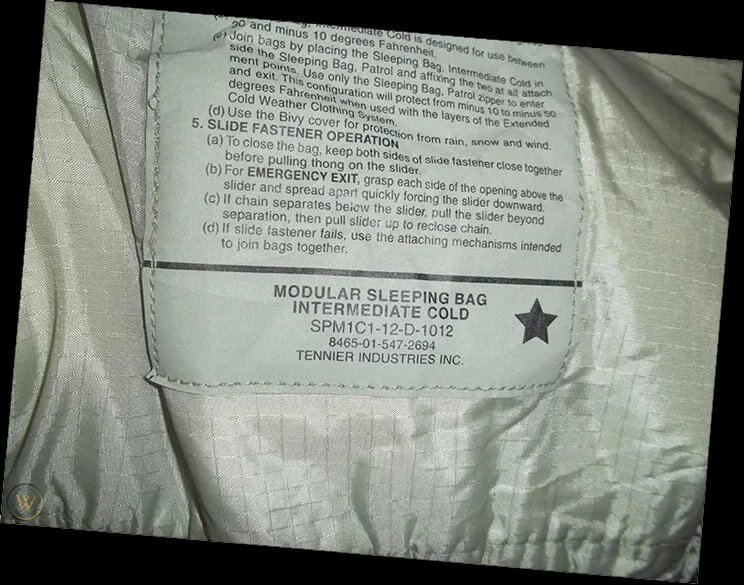
What is the limit temperature for sleeping bags?
Most sleeping bags have a temperature rating that indicates the lowest temperature at which the bag will keep the average person warm. However, these ratings are not always accurate, and there are a number of factors that can affect how warm a backpacking sleeping bag will keep you.
The first thing to consider is the type of sleeping bag you have. Down sleeping bags are typically warmer than synthetic bags, and bags with a higher fill power (a measure of the loft of the down) will be warmer than those with a lower fill power. The type of fabric the bag is made from can also affect its warmth; bags made from synthetic materials will usually be warmer than those made from cotton or other natural fibers.
Another factor to consider is the way you sleep. If you tend to sleep cold, you may want to choose a bag with a lower temperature rating than if you sleep warm. If you sleep on your side, you may want a bag that is narrower at the shoulders and wider at the hips, to prevent heat from escaping through the sides of the bag.
Finally, the environment you are sleeping in can also affect how warm your sleeping bag will keep you. If it is windy, for example, you may want to choose a bag with a higher temperature rating, to prevent the wind from cooling you down. If you are sleeping at high altitude, you may also want to choose a warmer bag, as the air is thinner and colder at higher altitudes.
In general, it is best to err on the side of caution when choosing a camping sleeping bedroll. If you are unsure about what temperature rating to choose, it is better to choose a bag that is rated for a lower temperature than you think you will need, to be sure you will be warm enough.

